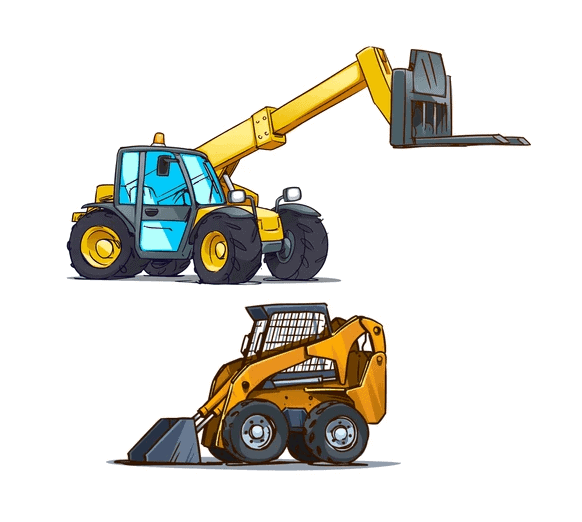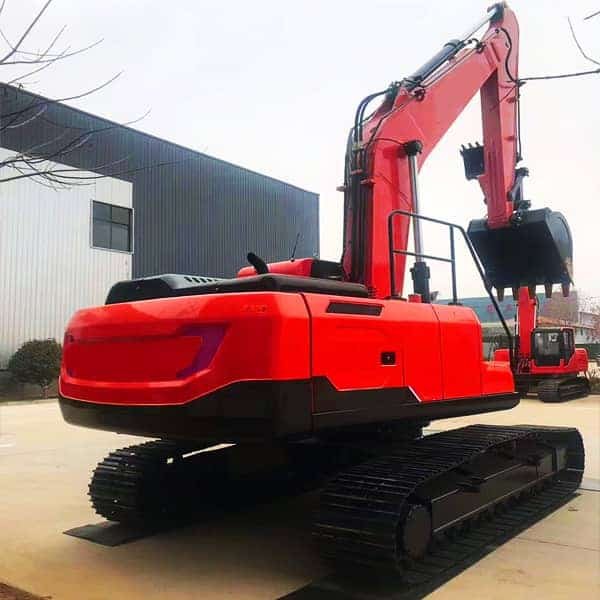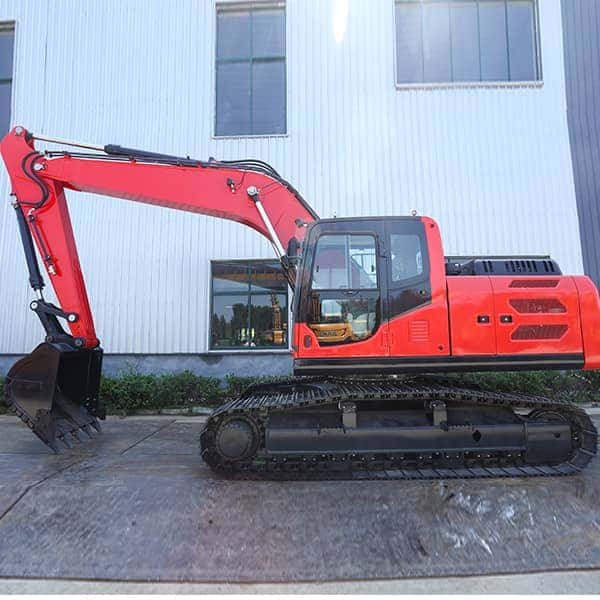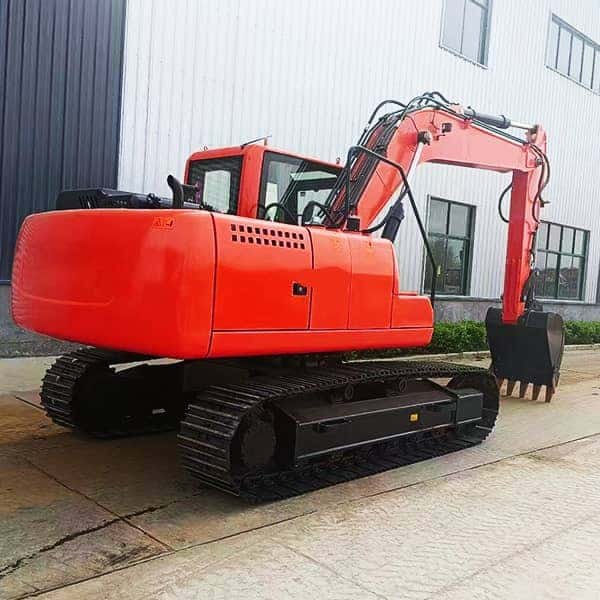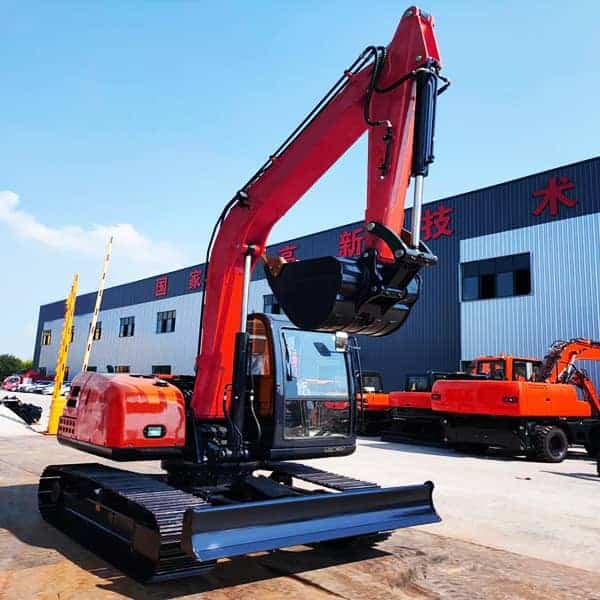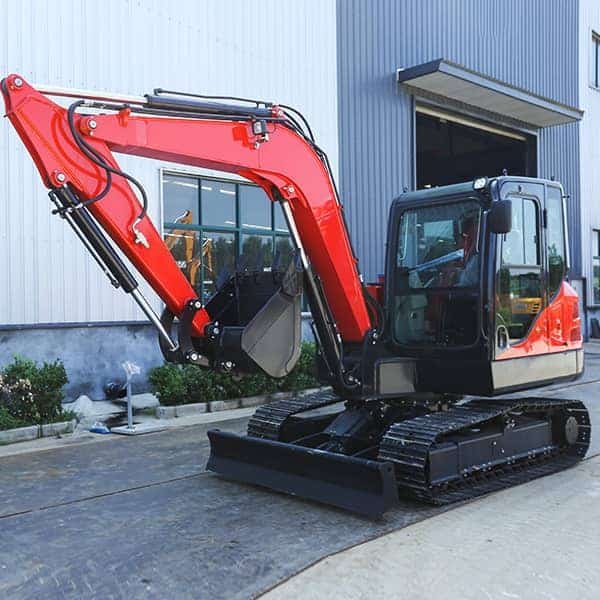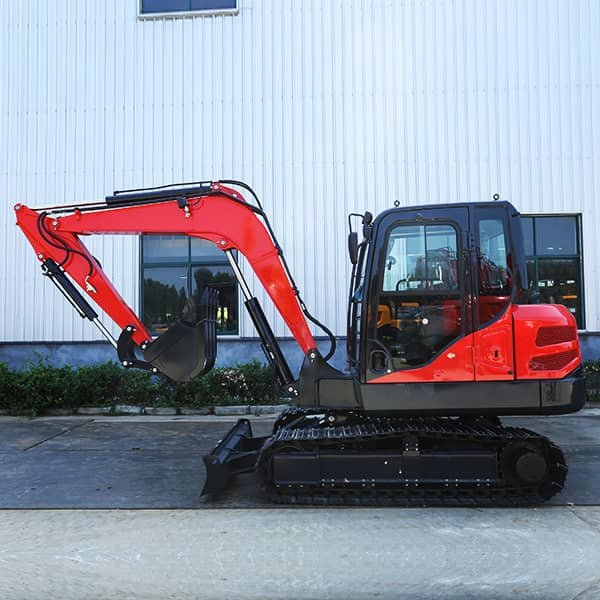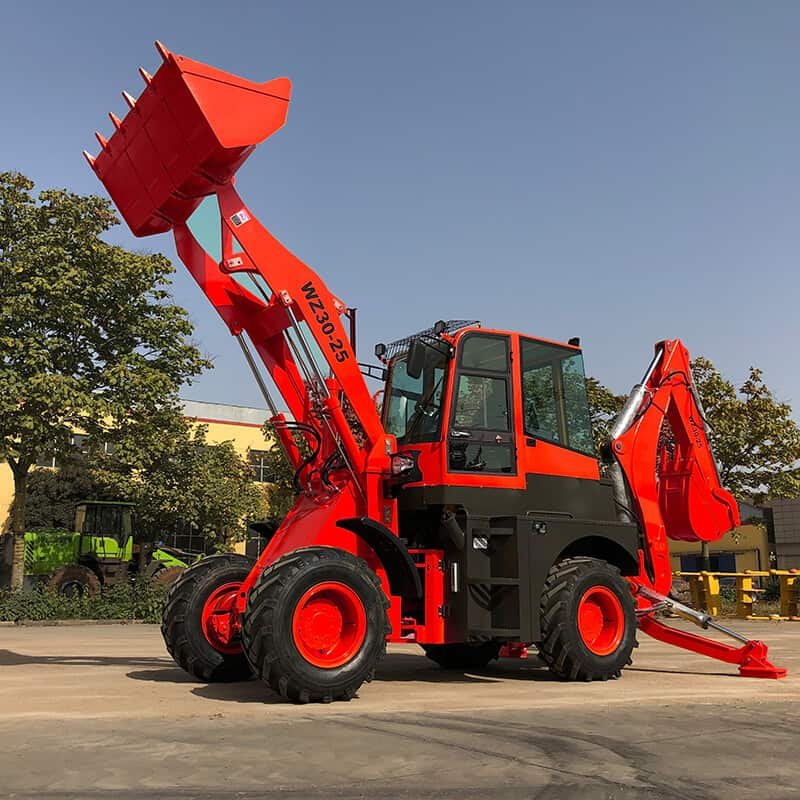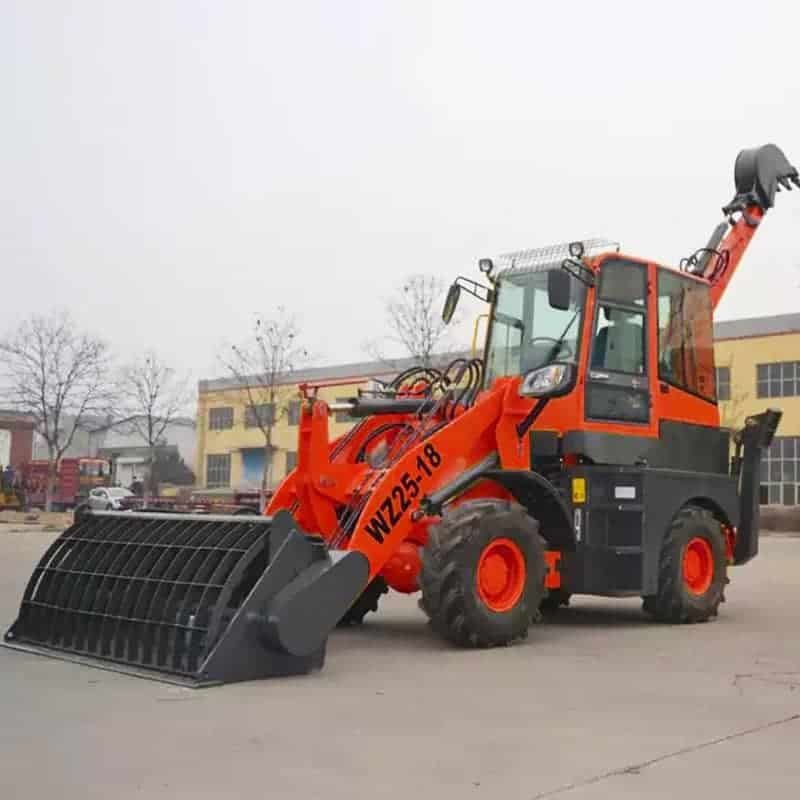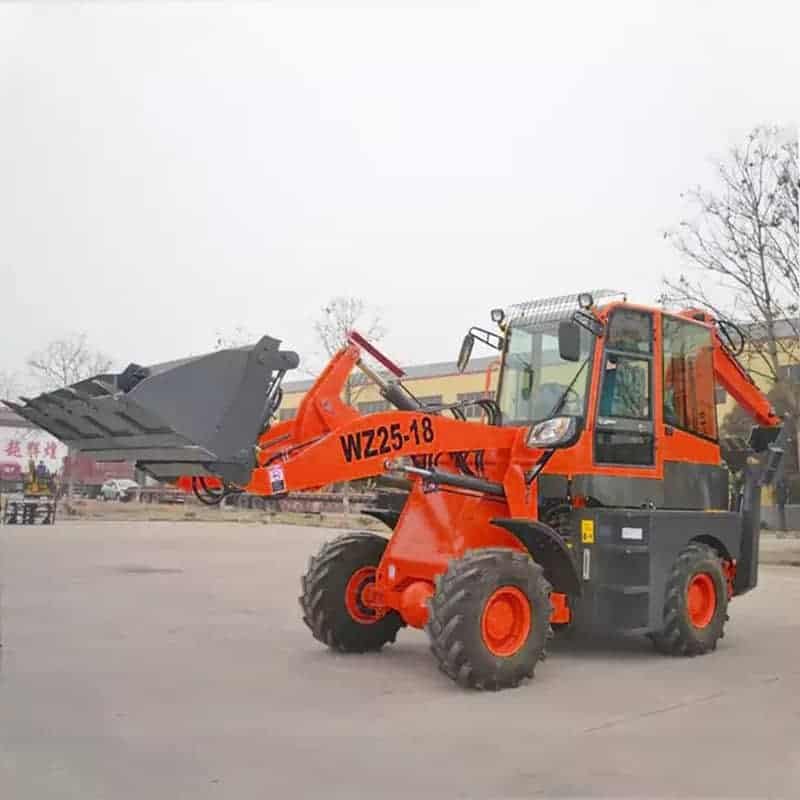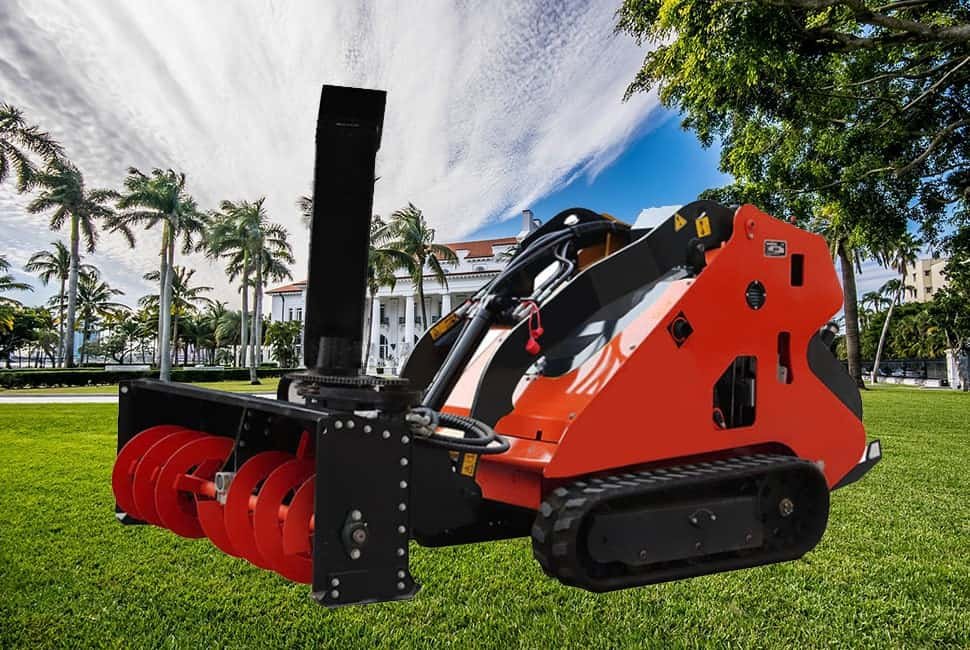Introduction
Are you in the market for a loader but need to know how to choose between telescopic and skid steer loaders for your needs? With so many options available, deciding which type of loader is the best fit can be overwheThisIn this bl will, we’ll provide guidelines to help you make an informed decision. We’ll explore the key differences between telescopic and skid steer loaders, as well as the advantages and disadvantages of each.
We’ll discuss the essential factors to consider when choosing between telescopic and skid steer loaders, such as the type of work to do, working conditions, budget, and operator training. By the end of this article, you’ll better understand which type of loader is right for your specific needs. Let’s move to the critical differences between telescopic and skid steer loaders.
Telescopic And Skid Steer Loaders: Key Differences
Explanation of the differences between telescopic and skid steer loaders include:
Design and construction
When choosing between telescopic and skid steer loaders, one key difference is their design and construction. A telescopic loader features a boom arm that can extend and retract, allowing it to reach high heights and handle heavy loads.
Meanwhile, a skid steer loader has a compact design that enables it to maneuver in tight spaces and handle smaller loads. Understanding these design differences can help you determine which type of loader fits your needs best.
Operating capacity
Another critical difference between telescopic and skid steer loaders is their operating capacity. Telescopic loaders are designed to handle heavier loads and have a higher lift capacity, making them ideal for industrial and construction applications.
Skid steer loaders, on the other hand, have a lower lift capacity but can still handle a variety of smaller loads, making them an excellent option for landscaping and agriculture work. Understanding the differences in operating capacity can help you choose the loader for your specific needs.
Reach and height
When comparing telescopic and skid steer loaders for reach and height, telescopic loaders have a significant advantage over skid steer loaders. With their telescoping booms, telescopic loaders can reach much higher and farther than skid steers, making them ideal for loading and unloading materials onto tall structures.
However, if you don’t require that kind of reach, a skid steer loader is more practical due to its smaller size and maneuverability. Understanding the differences in reach and height is essential when choosing the loader for your needs.
Mobility and maneuverability
Skid steer loaders have the upper hand when comparing telescopic and skid steer loaders for mobility and maneuverability. With their compact size and ability to turn on a dime, skid steer loaders are ideal for tight spaces and challenging terrain. Meanwhile, telescopic loaders can be less maneuverable due to their more extended booms and larger size.
A skid steer loader may be better if your work site requires a loader that can navigate tight spaces or uneven ground. Understanding the differences in mobility and maneuverability can help you choose the loader for your needs.
Attachments and versatility
Telescopic and skid steer loaders offer a range of attachments and versatility, but in different ways. Telescopic loaders can use a variety of attachments, such as buckets, forks, and grapples, allowing them to handle a wide range of tasks.
Meanwhile, skid steer loaders are also highly versatile, able to swap out attachments quickly and easily. Whether you need a loader that can handle a variety of attachments or one that can change attachments rapidly, understanding the differences in attachment options can help you choose the loader for your needs. Next are the advantages and disadvantages of telescopic and skid steer loaders; we will discuss them individually.
Advantages and Disadvantages of Telescopic Loaders
If you’re considering a telescopic loader for your business or project, it’s essential to understand the advantages and disadvantages of this type of equipment. Here are some key points to keep in mind:
Advantages:
- Greater Reach: Telescopic loaders can extend their booms, giving them greater reach than other loaders. Greater reaching capacity makes them ideal for handling materials at high elevations or hard-to-reach areas.
- Heavy Lifting: Telescopic loaders are designed to handle heavy loads, making them ideal for construction and industrial applications. They can lift and move materials too heavy for a skid steer loader or smaller equipment.
- Smooth Operation: Telescopic loaders are designed to operate smoothly and efficiently, with features such as joystick controls and hydraulic systems that make it easy for operators to move materials around the job site.
- Versatile Attachments: Telescopic loaders can be equipped with a wide range of attachments, such as buckets, forks, and grapples, which make them highly adaptable and able to handle a variety of tasks.
Disadvantages:
- High Cost: Telescopic loaders tend to be more expensive than others due to their specialized design and heavy-duty construction.
- Larger Size: Telescopic loaders are more significant than others, making them difficult to maneuver in tight spaces or on rough terrain. They require more space to operate safely and efficiently.
- Greater Maintenance Needs: Telescopic loaders have more complex hydraulic systems and other components, requiring more maintenance and upkeep than different loaders.
- Higher Fuel Consumption: Due to their heavy-duty construction and greater lifting capacity, telescopic loaders tend to use more fuel than smaller loaders. Consumption of fuels can make them more expensive to operate in the long run.
Telescopic loaders offer a range of advantages and disadvantages, and the decision to use them should be based on your specific needs and requirements.
Understanding the advantages and disadvantages of different types of loaders can help you make an informed decision and choose the right equipment for your project. Next are the advantages and disadvantages of skid steer loaders in our menu.
Advantages and Disadvantages of Skid Steer Loaders
If you’re considering a skid steer loader for your business or project, it’s essential to understand the advantages and disadvantages of this type of equipment. Here are some key points to keep in mind:
Advantages:
- Maneuverability: Skid steer loaders can turn on a dime and navigate tight spaces. High maneuverability makes them ideal for working in confined areas or uneven terrain.
- Versatility: Skid steer loaders can be equipped with a wide range of attachments, such as buckets, forks, and augers, and can also switch between extensions quickly and easily, making them highly efficient.
- Lower Cost: Skid steer loaders tend to be less expensive than telescopic loaders, making them a more affordable option for businesses and projects with tighter budgets.
- Easy to Operate: Skid steer loaders are designed to be user-friendly and easy to operate, with features such as joystick controls and automatic leveling systems that make them simple and intuitive for operators.
Disadvantages:
- Limited Reach: Skid steer loaders have a limited reach compared to telescopic loaders, making them less suitable for handling materials at high elevations or in hard-to-reach areas.
- Smaller Size: While their small size is an advantage regarding maneuverability, it can also be a disadvantage regarding lifting capacity. Skid steer loaders are not designed to handle as heavy as telescopic loaders.
- Rougher Ride: Skid steer loaders tend to have a rougher ride than other loaders due to their smaller size and lighter weight. The rougher ride can make them less comfortable for operators to use, especially over long periods.
- Higher Maintenance Needs: Skid steer loaders require regular maintenance to keep them running smoothly, with various hydraulic systems and other components must be checked and serviced regularly.
A skid steer loader is helpful when navigating through tight spaces and quickly switching between attachments and low-cost operations. However, a telescopic loader may be a better option if you need one that can handle heavy loads and reach high elevations.
Understanding the advantages and disadvantages of different loader types help you choose the right equipment for your project.
Factors to Consider When Choosing Between Telescopic and Skid Steer Loaders
When deciding between telescopic and skid steer loaders, you must consider several factors to ensure you choose the right equipment. Here are some key factors to keep in mind:
Load Capacity
Consider the weight and volume of the materials you will handle regularly. Telescopic loaders generally have a higher load capacity than skid steer loaders, making them better suited for heavy-duty applications.
Reach and Height
A telescopic loader may be better if you lift materials to high elevations or reach over obstacles. Skid steer loaders typically have a more limited reach and height.
Maneuverability
A skid steer loader may be the better option to navigate tight spaces or work in confined areas. Telescopic loaders are giant and less maneuverable, making them better suited for work sites requiring larger machinery.
Versatility
Skid steer loaders are highly versatile and can be equipped with a wide range of attachments, while telescopic loaders may have more limited attachment options.
Cost
Consider your budget, the upfront cost of each loader type, and ongoing maintenance and repair costs. Skid steer loaders are less expensive upfront but may have higher maintenance costs over time.
Operator Comfort and Safety
Consider the comfortable and safe loader for operators to use, causing increased productivity and reducing the risk of accidents or injuries.
When choosing between telescopic and skid steer loaders, invest in high-quality equipment and follow safety protocols to ensure your equipment is safe and reliable for years.
Conclusion
In conclusion, choosing between telescopic and skid steer loaders for your needs requires careful consideration of several vital factors. Telescopic and skid steer loaders have advantages and disadvantages; the right choice depends on your needs and requirements.
By evaluating mentioned above factors, you can make an informed decision and choose the loader that best meets your needs. Invest in high-quality equipment with maintenance and safety protocols to ensure your loader is safe and reliable for years.

